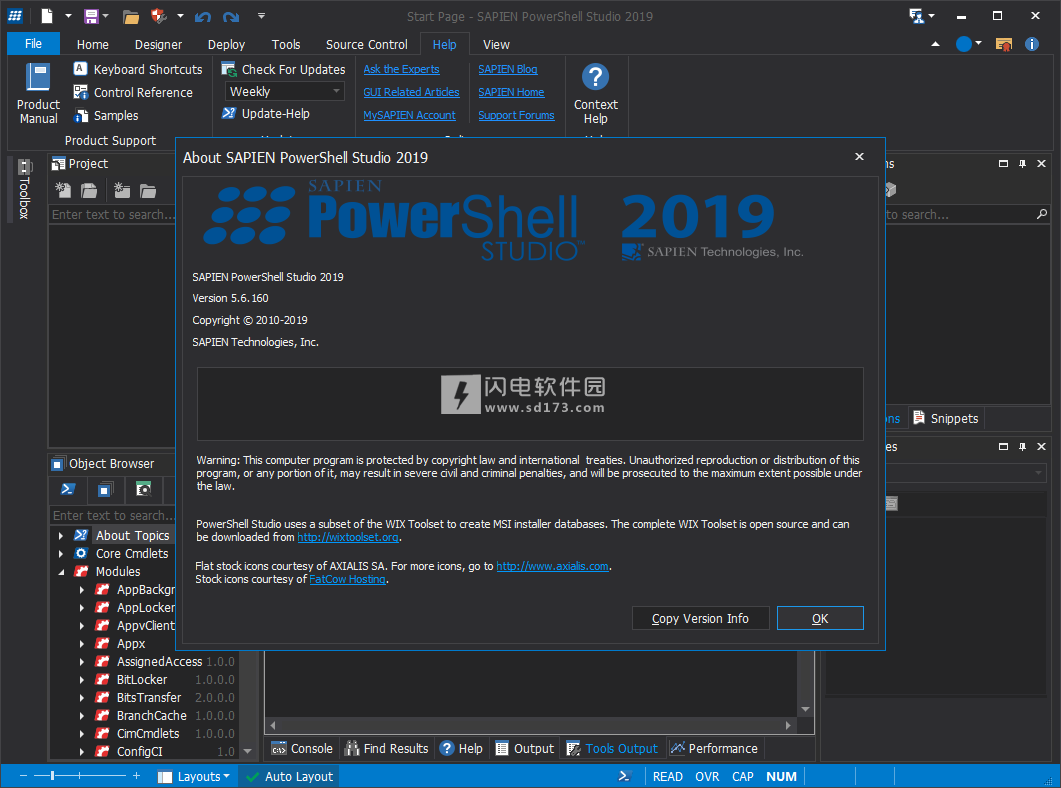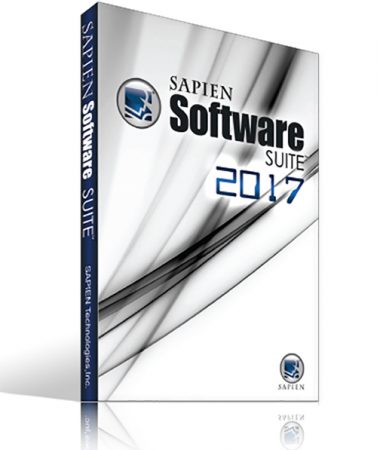

It creates a new runspace each time you use Run, Run Selection, or Debug, even if you run them repeatedly on the same script. It not only creates a new runspace for every script. A new runspace is an improvement, even though the new runspace still includes your personal PowerShell profiles and anything that they import or auto-load.Īs a best practice test environment, by default, PowerShell Studio runs every script in a new runspace every time.

That’s obviously not the best test environment. In ISE, you need to create a new runspace because, by default, everything that you run in ISE runs in the same runspace in its console. The PSEdit function, which is defined in and works only in PowerShell ISE (not in the ISE module), opens a script that you specify in a new PowerShell Tab, that is, a new runspace.

Um, you don’t need itīeing very literal, you don’t need the PSEdit function in PowerShell Studio. “How do I use PSEdit in PowerShell Studio?,” Thom asked on Twitter. Like many of us, he came to PowerShell Studio from PowerShell ISE, so he looks for the “ISE way” to do things in PowerShell Studio. Pester itself will even display pending tests in its output.My friend, Thom Schumacher, who has been leading the Arizona PowerShell User Group for the past few months, is getting to know PowerShell Studio. This allows you to stub out needed tests without them interfering with your code. This will cause Pester to skip over the test. Pester has a switch you can pass to It called –Pending. Once I’ve created the list, I then go into my test script, and create It statements for each test. When I create a Pester test, for example for a function, I outline all the things I need to test. The new 2016 version has an interesting new capability that while it may seem small, works extremely well when developing Pester tests. I’ve been working a lot with Peter lately, and as I’ve blogged about before I use Sapien’s PowerShell Studio tool.


 0 kommentar(er)
0 kommentar(er)
